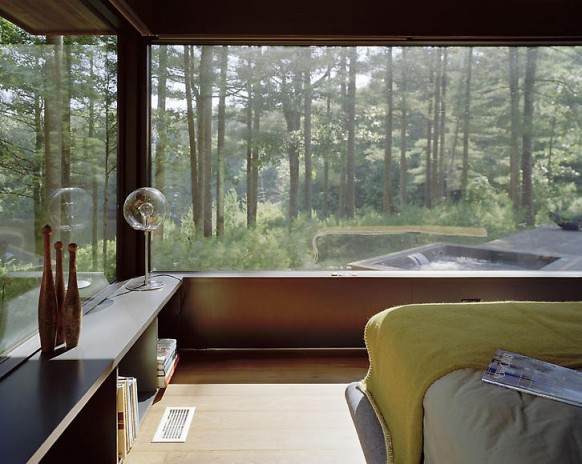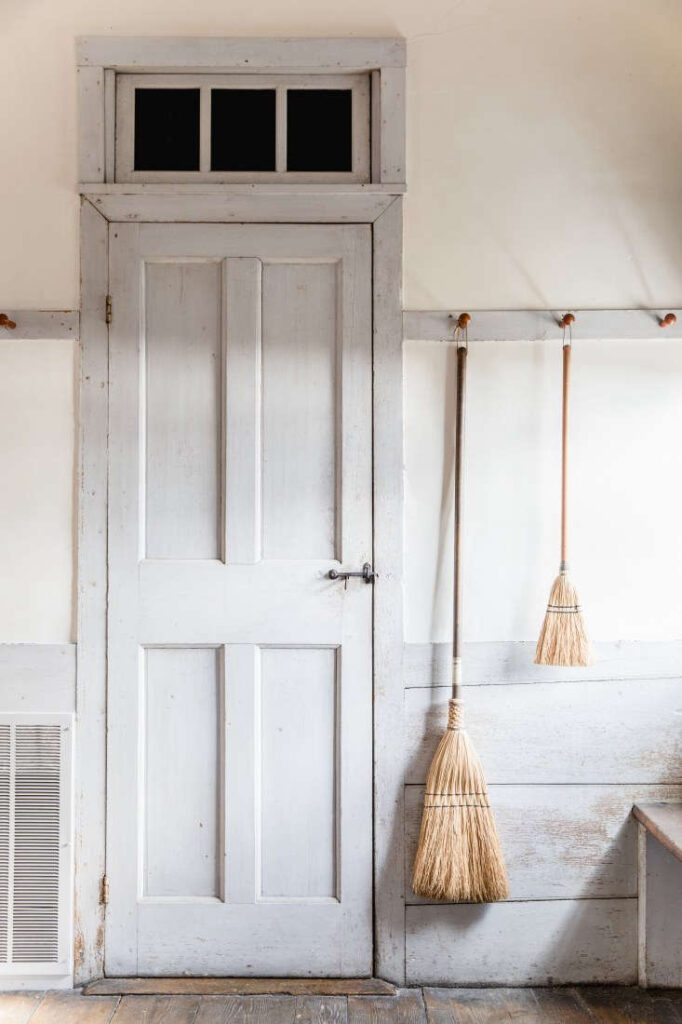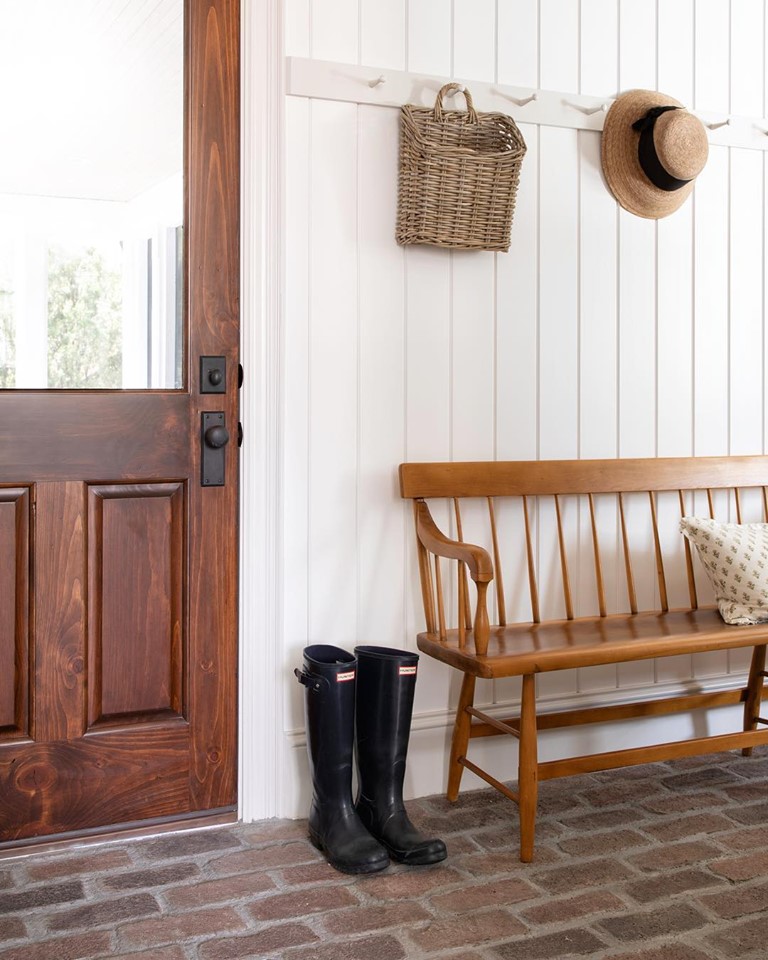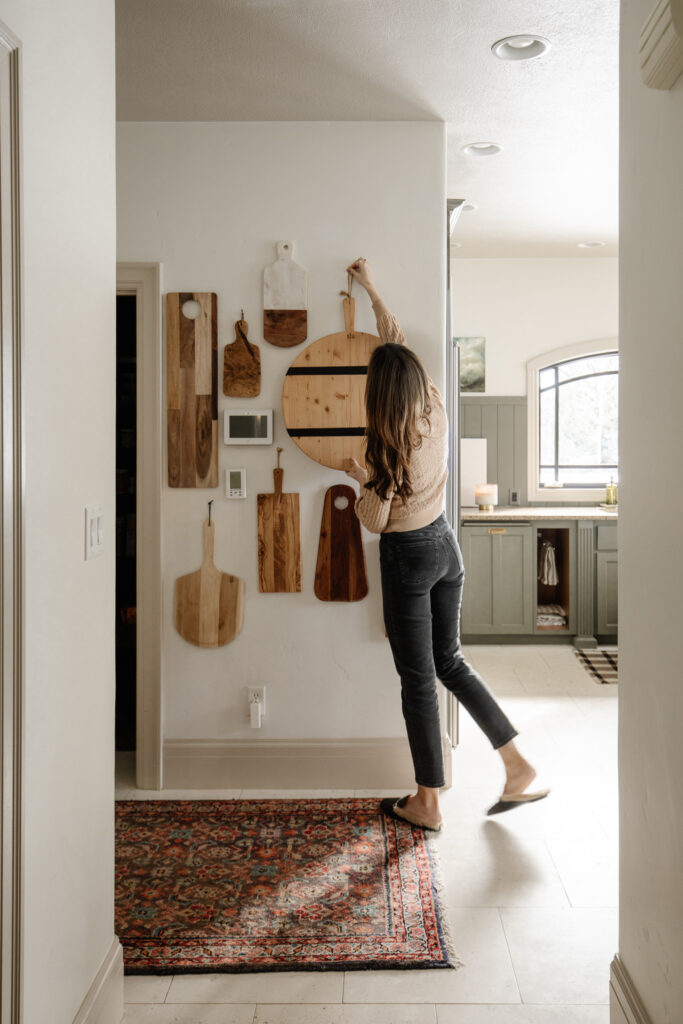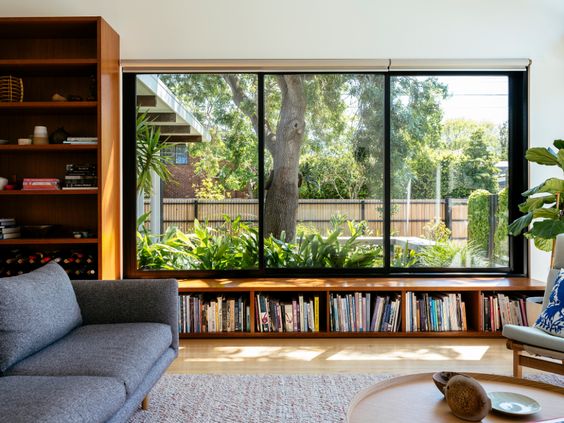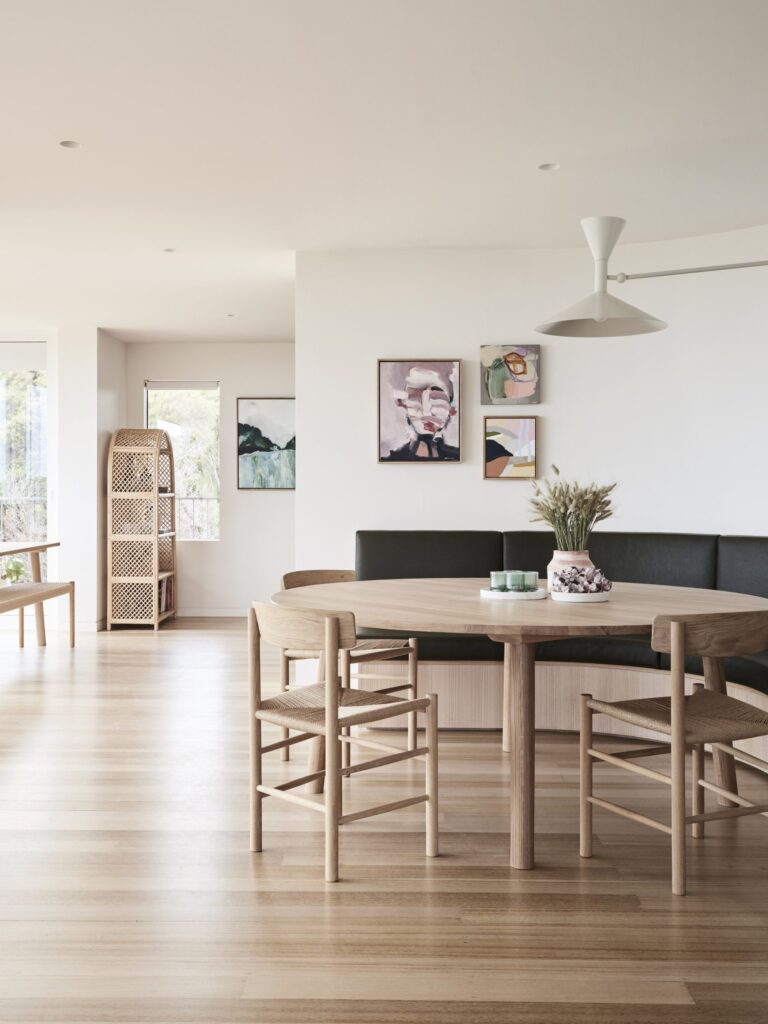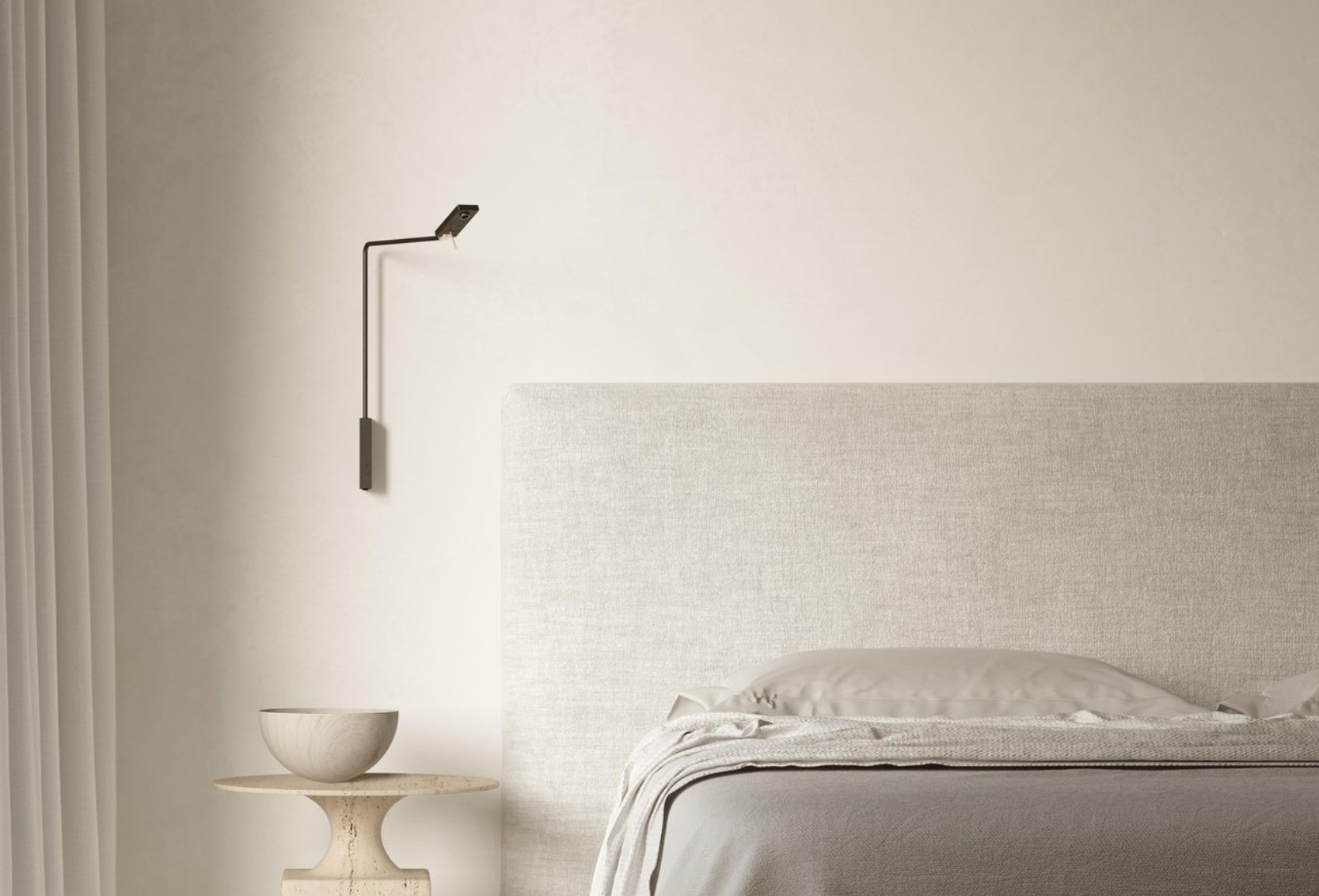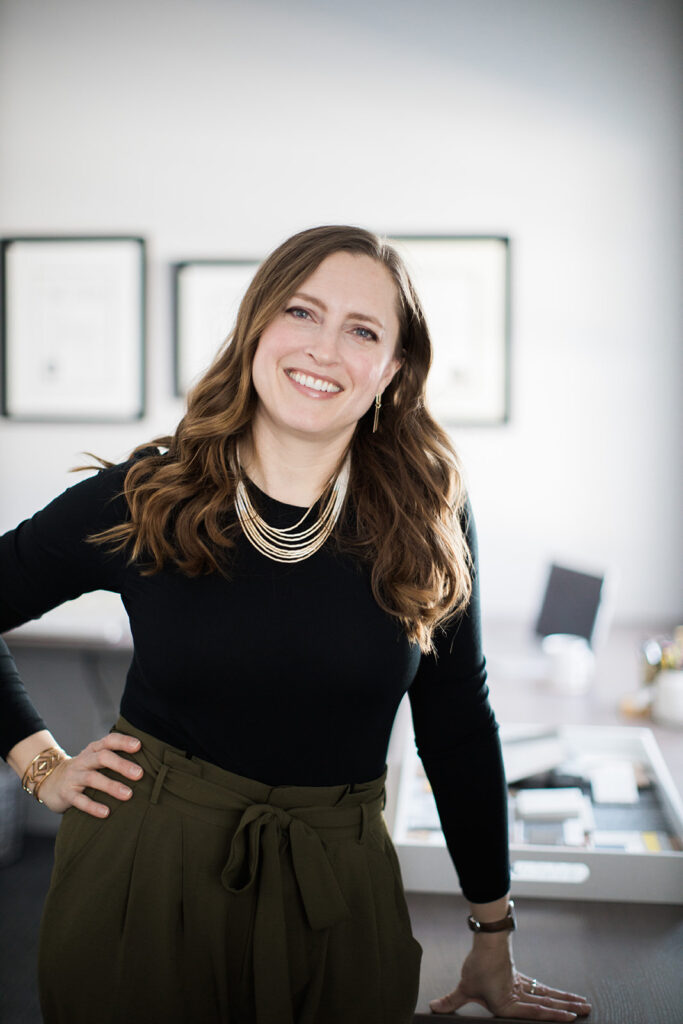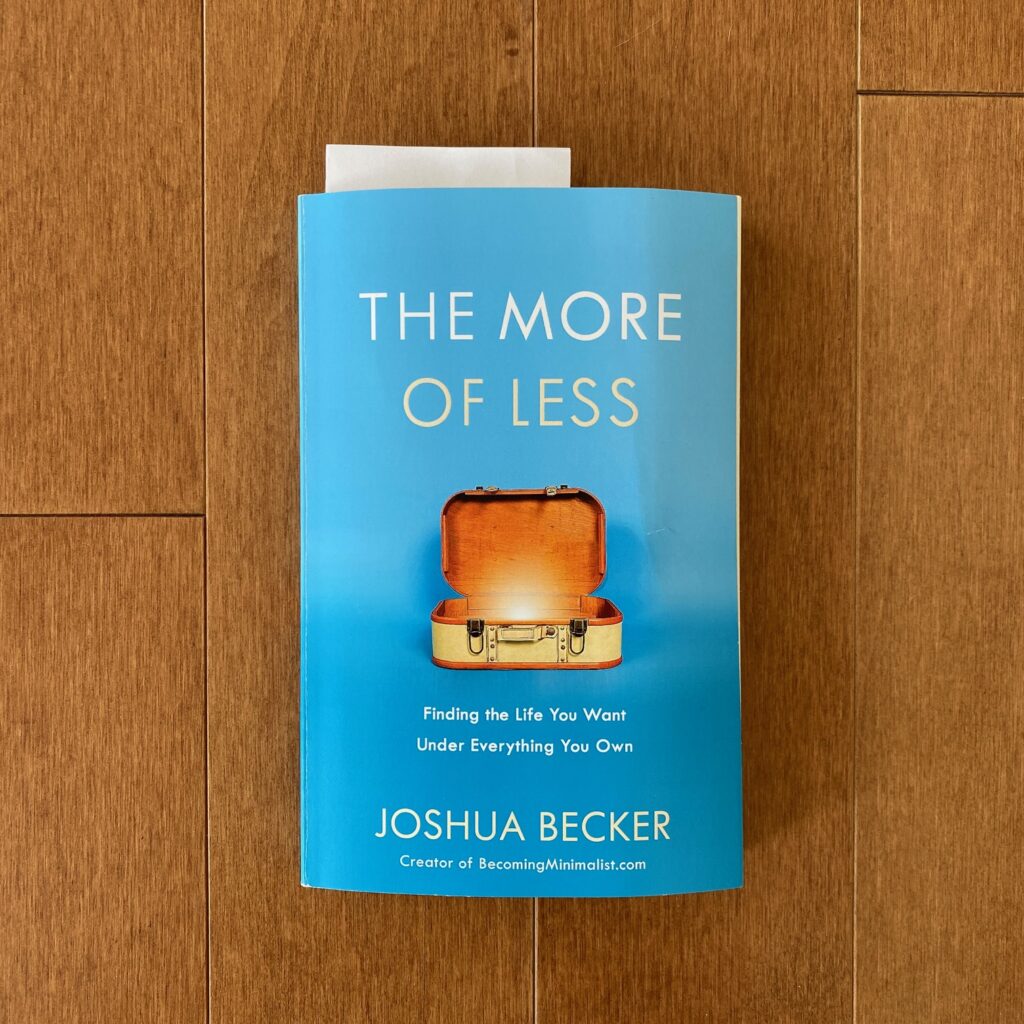
I recently finished reading a book called “The More of Less” by Joshua Becker. As a designer, it had me thinking, too, about the beauty of less. It put into words many of the things I’ve noticed since becoming a homeowner. I’ve spent so much time buying tubs and organization tools to maximize space in my closets and drawers. But, I don’t want the job of “stuff” manager.
Better organization isn’t the answer.
Good planning is important and design is a big part of that. But deeper than that is taking a realistic look at the cost – financial, mental, relational- of owning so much.
I want more time creating fun, simple memories with people I love.
Less time maintaining / organizing / cleaning all my stuff.
If simplicity means less stress, I’m here for it.
(P.S. If you missed it, I share more tips for reducing stress and creating a haven at home, in my post about designing for introverts.)
Design Movements that teach us the beauty of less
The Amish
Amish Furniture is made thoughtfully, with functional form and proportion. Rather than using ornamentation—such as inlays, carvings, metal pulls, or veneers, which was seen as prideful or deceitful, they developed “creative solutions such as asymmetrical drawer arrangements and multipurpose forms to add visual interest.”
Furniture is typically designed in a Mission or Shaker Style. Both are considered classic design styles.
The underlying principles of Shaker design have given inspiration to some of the finest designers of modern furniture. Shaker ladder back chairs, for instance, deeply influenced the work of an entire generation of postwar Danish designers.
Mid Century Modern
Unsurprisingly, war changes people and design post-world war 2 changed dramatically, too. It was a time of optimism and pushing towards a “new” and better future. The war had also birthed new technologies that provided designers with new materials to use, like plastic, fiberglass, polyester and nylon. Mid century designers left behind the elaborate & stuffy designs of previous eras and instead focused on informality and adaptability. Interested in learning more? This is a great little essay about midcentury design.
Things in Common
I love that both of these design movements focus on the beauty of less and in doing so, they elevate the everyday. Both Shaker Style & Mid Century Modern celebrate natural materials. Everyday objects are displayed artistically. There’s a focus on quality and longevity over quantity and trendiness. In minimalist environments, the simplest selection becomes a piece of art. A light fixture, a furniture item, or even the sink faucet are beautiful, sculptural pieces in their own right. These kinds of spaces don’t need lots of decor to make them beautiful and interesting.
In environments that distill things down to the essentials, functional items work harder for you by being breathtakingly beautiful, too.
That’s what the beauty of less is.
Minimalism isn’t about taking everything away. It’s about focusing your energy on what’s important to you and letting the rest go. Your version of minimalism will be different than the next person because we all need and value different things.
I’m in this journey with you and I’d love to help you discover how to take steps toward a simpler home and the beauty of less!
